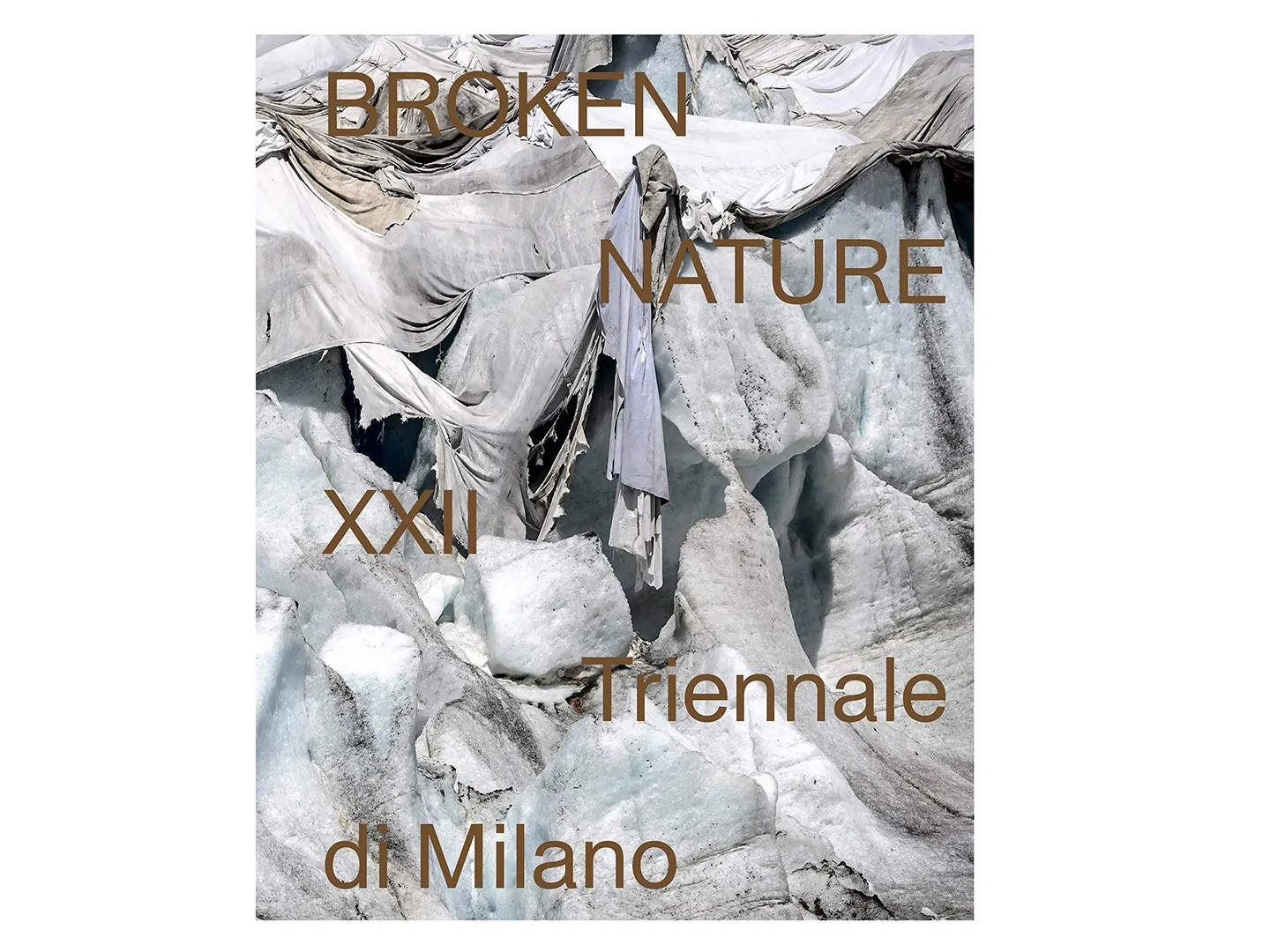The global race in figures: fashion, automotive and watchmaking join the hotel industry at the new frontier of exclusive living. Furniture brands also have a role to play
Seven (+1) books to change our relationship with nature

Respect for our fellow living species, greening our cities, sustainable materials, an immersion in wilderness: this wide-ranging selection of books expands our concept of sustainability.
As we say in every Green Report column, when it comes to environmental issues, there is no one-size-fits-all solution. On the contrary, a multi-perspective approach reinforces the idea that partnership and interdependence are vital and essential factors for our lives and the survival of this planet, as is clear from a selection of recently-published books (plus one classic literary great).
Stefano Mancuso, The Nation of Plants (2019)
“Article 1: The earth is the common home of life. Sovereignty belongs to every living thing.” Thus reads the first of eight articles in the Nation of Plants Constitution. Director of the International Laboratory of Plant Neurobiology (LIVN) at the University of Florence, scientist and author Stefano Mancuso is a writer of essays on plant intelligence. This handbook throws light on our mistakes, going beyond an anthropocentric view of life as we begin to build a future based on respect for all living things.

Seetal Solanki, Why Materials Matter (2019)
A catalogue of possibilities and in part a manifesto for a better design future, well-known London-based interior designer Seetal Solanki’s book Why Materials Matter outlines new possibilities for designing, producing and consuming today. It is an invitation to imagine a world populated by sustainable solutions, reuse and recycling, transforming industrial waste, leveraging science, and amplifying how we use some common materials.

Gilles Clement, I Built a Gardener’s House (2014)
“When I bought this place, the plan was not to build a house with a garden around it. If anything, it was the opposite: I wanted to live in a garden,” writes Gilles Clément. Published in Italy by Quodlibet, this book tells the personal story of a French writer, landscape architect and agronomist, who in the 1970s literally built a stone house with his own hands, deep in the French countryside. Clement’s home became a natural laboratory, an observatory of other species; his concern with the environment made him into a world-famous and respected landscape architect.

Valery Rizzo and Mónica R. Goya, Urban Farmers: The Now (and How) of Growing Food in the City (2021)
In recent years, for many people urban agriculture has become a vital tool to improve quality of life, a way of reconciling nature and the city. Urban Farmers. The Now (and How) of Growing Food in the City is a useful handbook for urban natives who dream of living more in sync with greenery. Published by Gestalten, the book documents various forms of urban agriculture around the world, telling their stories in images by Valery Rizzo, words from journalist Mónica R. Goya, and a series of illustrations by Gino Bud Hoiting.

Triennale Milano, Broken Nature (2018)
The 22nd Milan Triennale (1 March – 1 September 2019), entitled “ Broken Nature. Design Takes on Human Survival,” was a ground-breaking exhibitions that offered rich insights into multi-faceted environmental issues. The whole thing was documented in a catalogue published by Electa that is still highly relevant and worthy of study. Both book and exhibition promote the importance of creative practice as a way of investigating our species’ connection to the world’s complex systems, making reparations where and when necessary through objects, concepts, and new processes.














